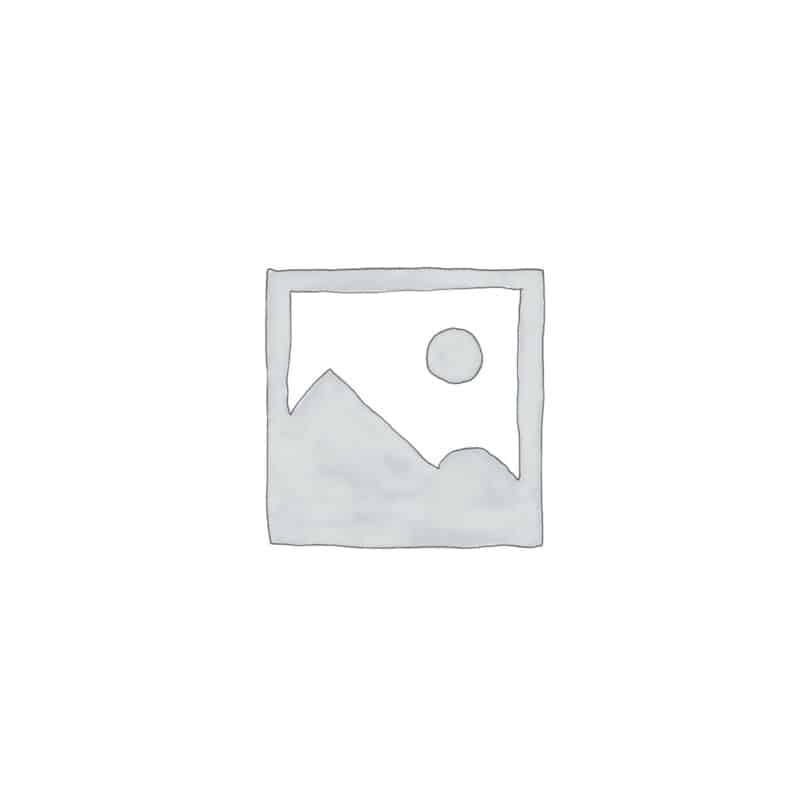Description
Lesser Swine-cress is a member of the cabbage family formerly called Crucifers on account of its four free petals arranged in a cross but now more accurately classed as Brassicaceae. With Lesser Swine-cress this can be a bit of a challenge as the petals are only 0.5mm long and maybe absent entirely. In general form the pinnate leaves give the plant a feathery appearance quite contained in a basal rosette at the start of the season but soon becoming a tangled mass. The tiny flowers being to appear in April and continue until October. The fruits which follow are about 1.5 to 2 mm long and are obviously two lobed and notched. When crushed the leaves give off a strong, pungent cress like aroma. It is edible and has a hot mustardy cress flavour.
Habitat Information
Lesser Swine-cress is a relatively recent introduction to Britain first found in the wild in the late 18th century and now found across most of England south of the Pennines, Wales, southern Ireland and the central lowlands of Scotland. The origin of our plants is a little uncertain, but Peru or Brazil seems most likely. It is an annual or occasional biennial found on a range of cultivated or disturbed ground and is frequently found in gardens and around paths. It seems to be particularly prevalent on soils that remain wet over winter.
Growing Information
Easy to grow. Sow in late Autumn through to early Spring.


